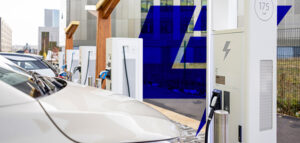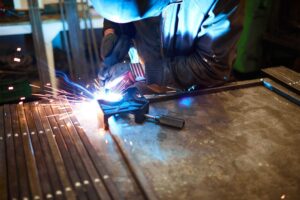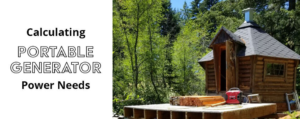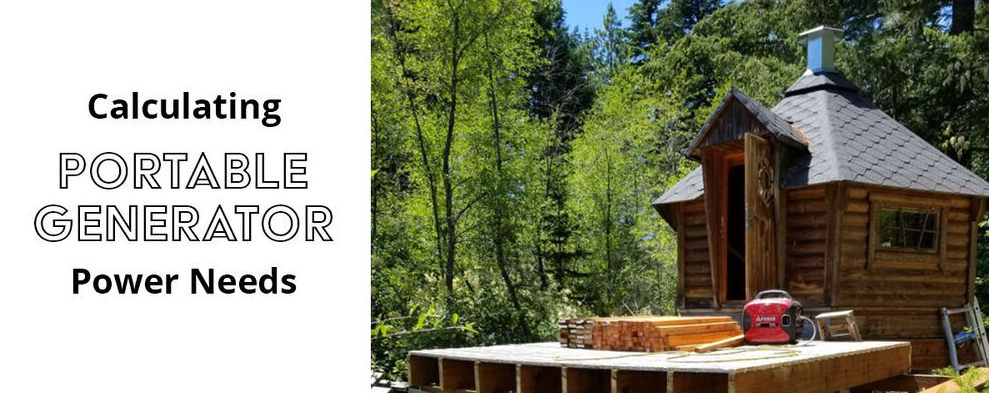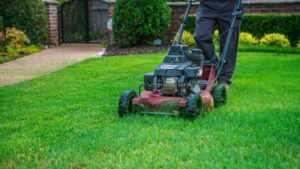In a world that relies heavily on an uninterrupted power supply, a high-quality 10 KVA generators stands out as a reliable source of energy. Whether you’re a business owner, a homeowner, or an outdoor enthusiast, understanding the ins and outs of these powerhouses is crucial. Let’s delve into the specifics and unveil the power-packed potential of 10 KVA generators.
Table of Contents
What Sets 10 KVA Generators Apart?
The Basics
Before we dive into the technicalities, let’s establish the fundamentals. A 10 KVA generator operates on a power capacity of 10 kilovolt-amperes, making it an ideal choice for various applications. From providing backup power during outages to serving as a primary source in remote areas, these generators are versatile and efficient.
Key Features
1. Compact Design
Despite their robust capabilities, 10 KVA generators are engineered with a compact design, emphasizing versatility in installation and transport. This feature addresses the spatial constraints often faced in both residential and commercial settings. The generators’ ability to deliver high power output while remaining space-efficient makes them an excellent choice for users who prioritize a streamlined and flexible power solution.
2. Fuel Efficiency
In response to the growing global emphasis on environmentally friendly practices, many 10 KVA generators prioritize fuel efficiency. This means they are designed to optimize fuel consumption, reducing environmental impact and operational costs. Users are encouraged to explore models that align with sustainability goals, ensuring that the generator not only meets the power needs reliably but also does so with a commitment to energy efficiency and reduced carbon footprint.
3. Advanced Technology
Modern 10 KVA generators come equipped with cutting-edge technological features that enhance user experience and operational efficiency. These features include:
Automatic Start and Stop Functions
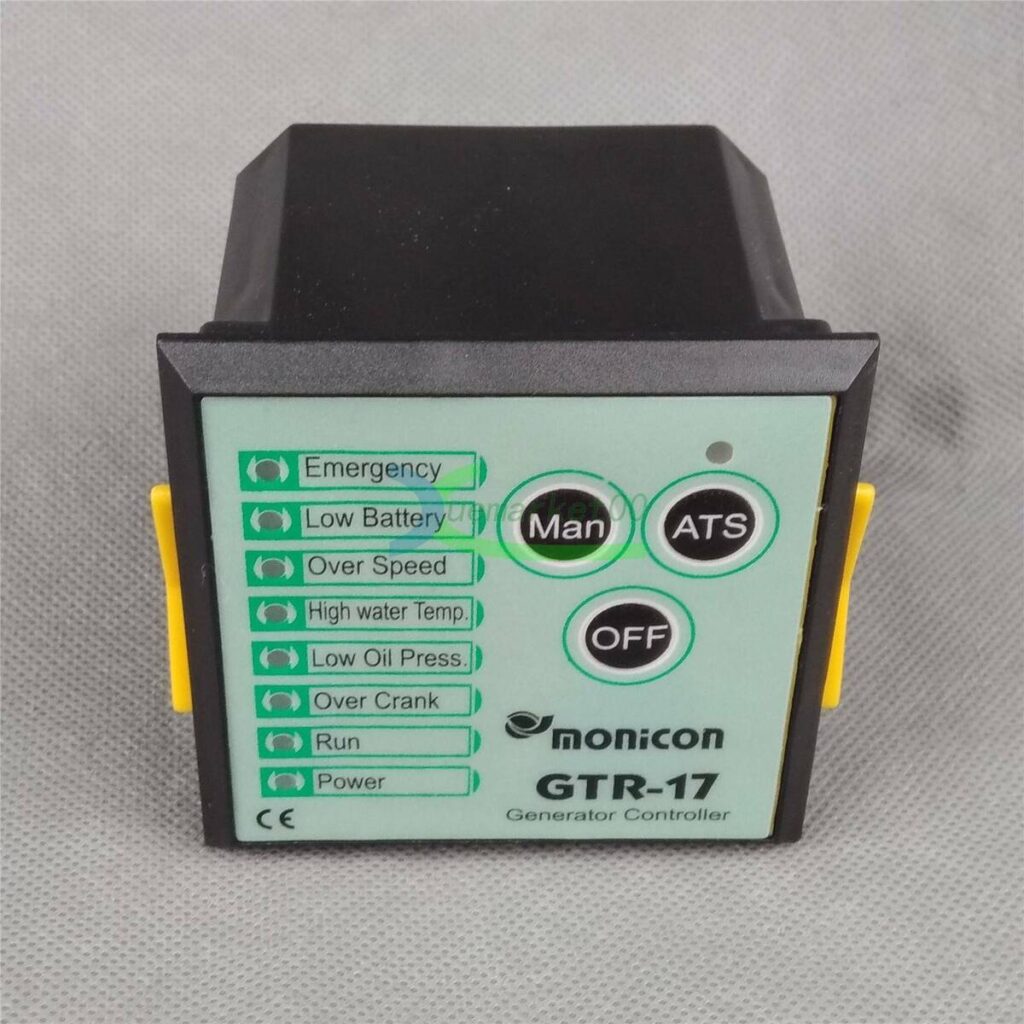
Generators with this capability can detect power outages and start automatically, ensuring a seamless transition to backup power. Once regular power is restored, the generator stops automatically, conserving fuel and reducing unnecessary runtime.
Remote Monitoring
The ability to monitor the generator remotely provides users with real-time insights into its performance and status. This is particularly beneficial for users who want to keep track of their power supply even when they are not on-site.
Digital Control Panels
Digital interfaces simplify the operation of the generator, allowing users to easily control and monitor various parameters. This user-friendly design contributes to a more intuitive and efficient overall experience.
Choosing the Right 10 KVA Generator for You
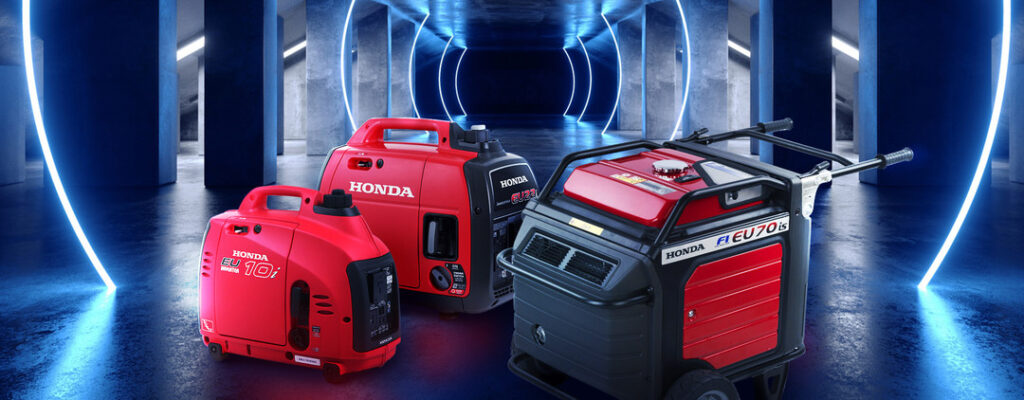
1. Consider Your Power Needs
Before making a purchase, conduct a thorough assessment of your power requirements. Different 10 KVA generator models are tailored to varying levels of energy consumption. Whether you’re looking for a generator to provide backup power for your residence during outages or to support heavy machinery in an industrial setting, there’s a 10 KVA generator designed to meet your unique needs. Understanding your power demands is the first step in making an informed decision that ensures your generator performs optimally in your specific application.
2. Fuel Options
Evaluate the available fuel options for 10 KVA generators, including diesel, gasoline, or propane. Each fuel type has its advantages, and your choice should align with your preferences and accessibility. Consider the following:
Diesel: Known for its efficiency and durability, diesel fuel often provides a cost-effective option for prolonged generator use. It’s a popular choice for industrial applications.
Gasoline: Gasoline-powered generators are versatile and commonly used for residential backup power. They are generally more readily available but may have a higher operational cost.
Propane: Propane is a clean-burning fuel that offers environmental advantages. Propane generators are often chosen for their lower emissions and long shelf life.
Selecting the right fuel type ensures not only cost-effectiveness but also environmental considerations. Make a choice that aligns with your values and the practical aspects of fuel availability in your location.
3. Noise Levels
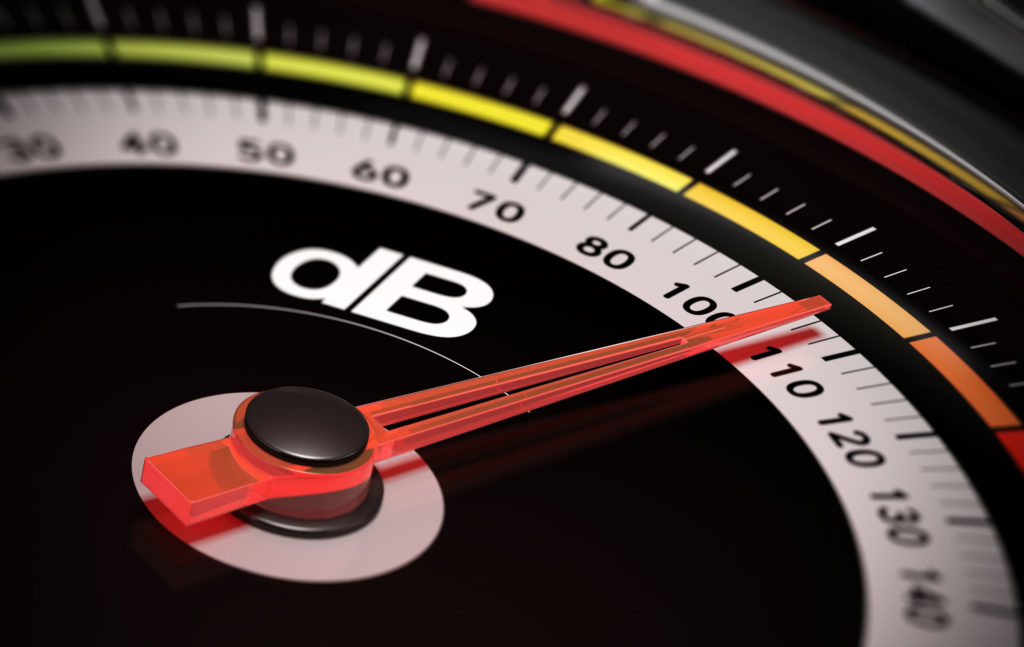
For residential use, noise levels can be a critical factor in generator selection. Generators, by nature, produce sound during operation, and this can impact your living environment. To address this concern, explore 10 KVA generators equipped with noise reduction features.
These features help minimize the operational noise, ensuring a peaceful coexistence with your neighbors. Prioritizing generators with lower decibel levels contributes to a quieter and more comfortable living space, especially during prolonged power outages.
Why 10 KVA Generators Matter
In a world where power outages can have severe consequences, having a reliable generator is a game-changer. 10 KVA generators offer a balance between power capacity, efficiency, and portability, making them a preferred choice across industries.
How to Maintain Your 10 KVA Generator
How to Maintain Your 10 KVA Generator
To ensure the longevity and optimal performance of your 10 KVA generator, regular maintenance is indispensable. Follow these essential tips to keep your generator running smoothly:
1. Regular Inspections: Check for Wear and Tear
Perform routine inspections of your generator to identify any signs of wear and tear. This includes visually inspecting components such as belts, hoses, and electrical connections. Pay close attention to the following:
- Belts and Hoses: Look for cracks, fraying, or any visible damage. Replace worn-out or damaged belts and hoses promptly to prevent further issues.
- Electrical Connections: Ensure that all electrical connections are secure and free from corrosion. Loose connections or corrosion can lead to power inefficiencies and potential breakdowns.
Addressing these issues promptly is crucial. Small problems, if left unattended, can escalate into major breakdowns, causing disruptions to your power supply.
2. Fluid Checks: Maintain Proper Fuel, Oil, and Coolant Levels
Regularly check and maintain the proper levels of fuel, oil, and coolant in your generator. Follow the manufacturer’s recommendations for fluid replacement intervals. Here’s what to focus on:
- Fuel Levels: Ensure an adequate supply of fuel. Stale or contaminated fuel can adversely affect generator performance.
- Oil Levels: Regularly check and change the oil as recommended by the manufacturer. Clean oil is essential for proper lubrication and efficient generator operation.
- Coolant Levels: Verify that the coolant levels are within the recommended range. Proper coolant levels prevent the generator from overheating.
Maintaining optimal fluid levels ensures that your generator operates efficiently and minimizes the risk of damage due to insufficient lubrication or cooling.
3. Testing and Exercising: Keep Your Generator Active
Run your generator periodically, even if there’s no immediate power outage, to keep it in optimal condition. Regular testing and exercising offer several benefits:
- Preventing Fuel System Issues: Running the generator helps circulate fuel and prevents fuel system issues that can arise from fuel stagnation.
- Swift Emergency Response: Regular testing ensures that the generator responds swiftly during actual power outages or emergencies. This proactive approach guarantees a reliable and immediate power source when needed.
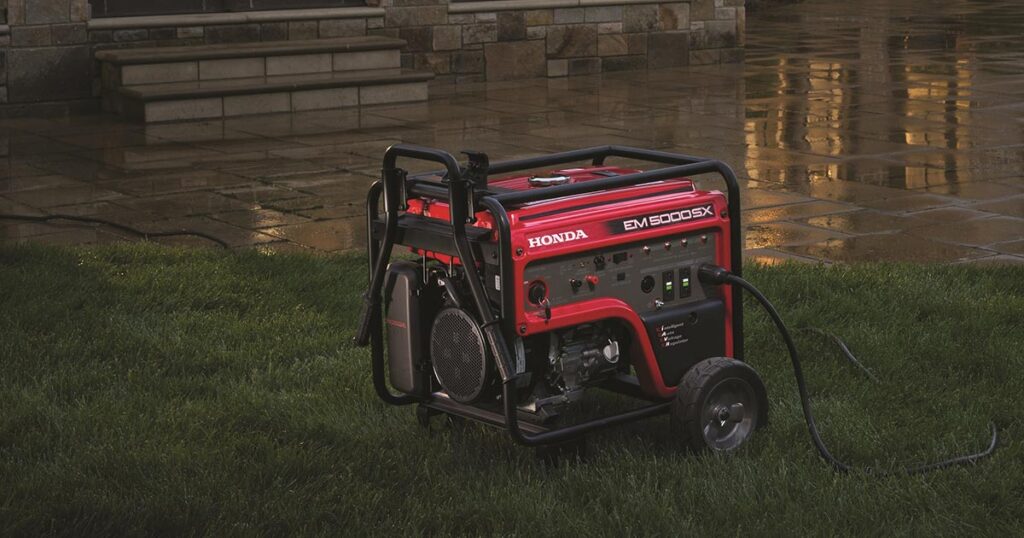
Conclusion
Investing in a 10 KVA generator is an investment in uninterrupted power. By understanding the features, selecting the right model, and maintaining it diligently, you’re not just buying a machine; you’re securing a continuous power supply tailored to your specific needs.


